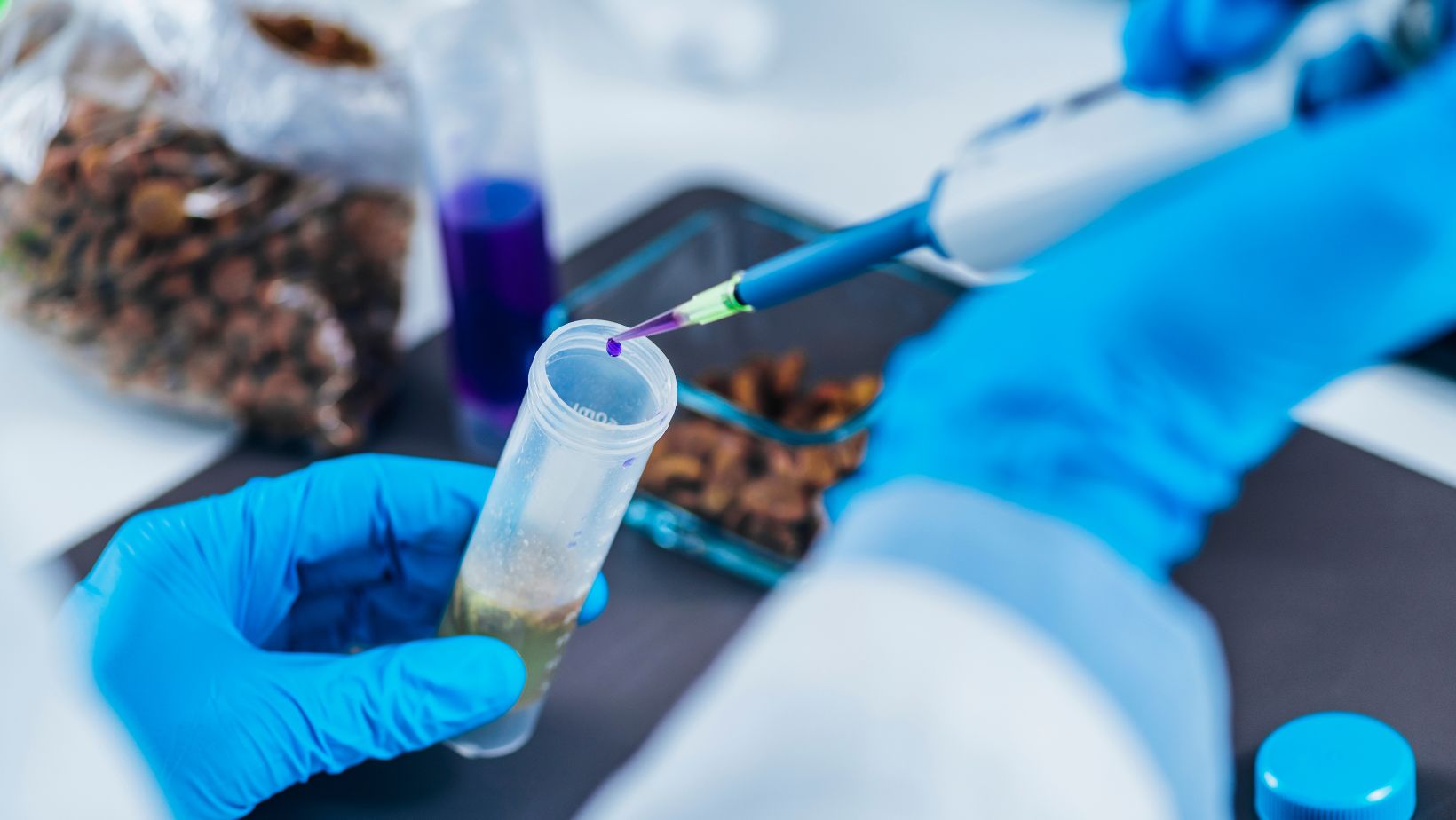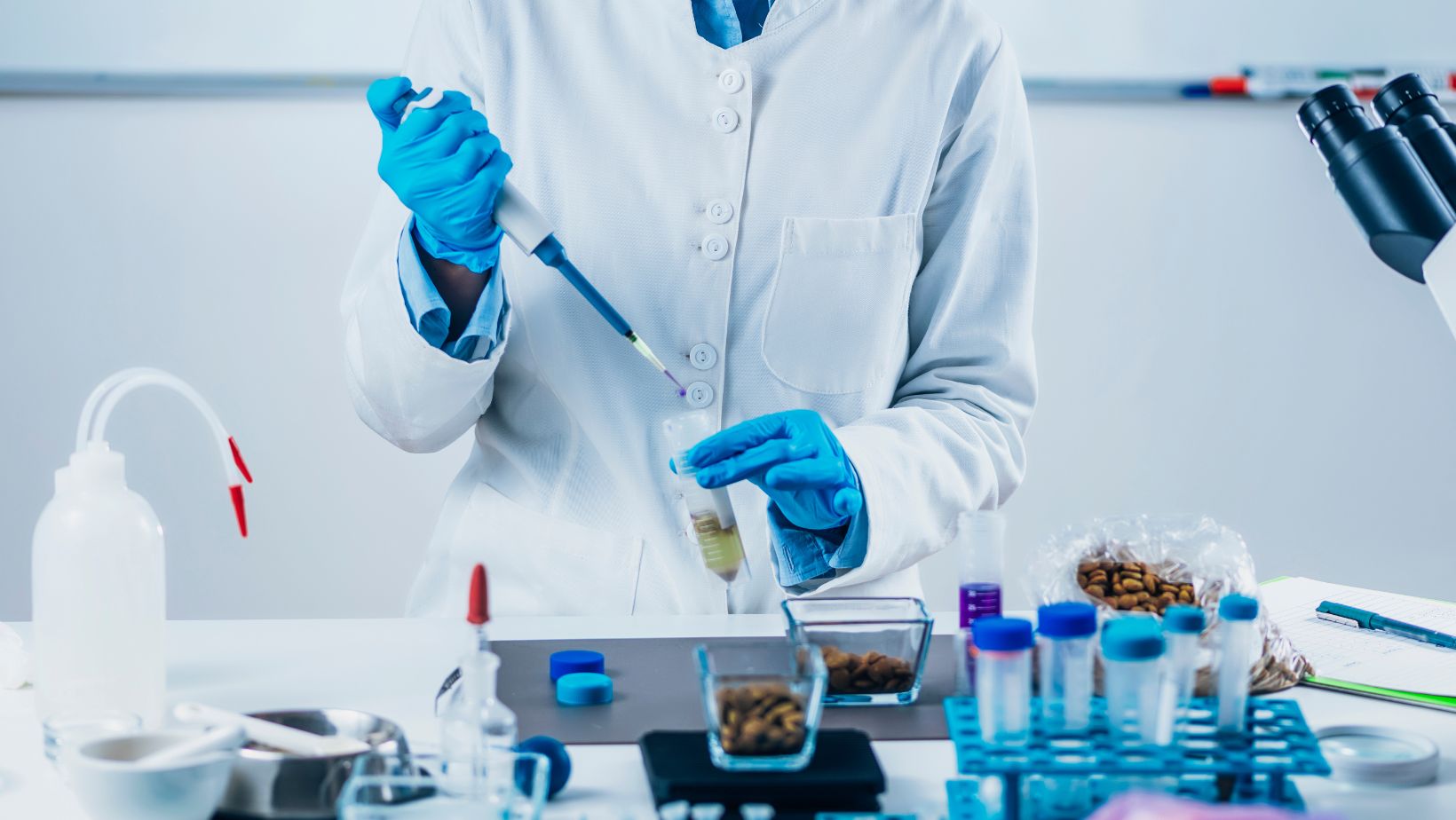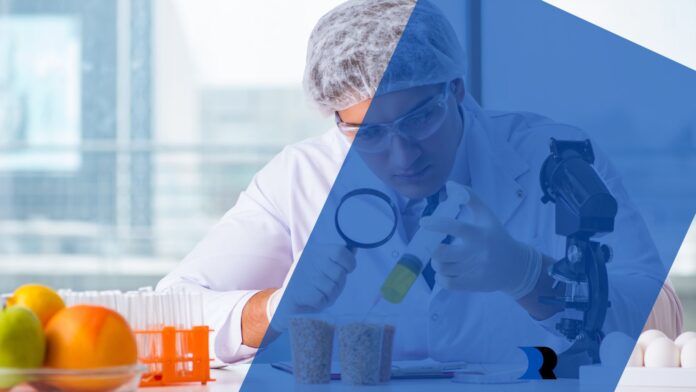In an era where food consumption and safety are more scrutinized than ever, the role of technology and testing labs in safeguarding our food supply is crucially important. The food industry is a vast and intricate global network that faces a myriad of challenges ranging from contamination risks to maintaining consistent quality standards.
As consumers grow increasingly aware of what they eat, the pressure mounts on producers and retailers to ensure their products are safe and of high quality. This is where the fusion of technology and specialized testing labs, particularly in microbiology and chemistry, becomes a game-changer. This blog explores how these critical elements are revolutionizing the food industry, turning challenges into opportunities for safer, more reliable food production.
The Current State of Food Safety
Food safety is a dynamic and ever-evolving field, with new challenges emerging as quickly as the industry grows. One of the most pressing concerns is the risk of contamination. Contaminants can enter the food supply chain at any point, from production to packaging, posing significant health risks to consumers. In recent years, high-profile cases of foodborne illnesses have brought to light the devastating consequences of lapses in food safety protocols. These incidents not only endanger public health but also damage consumer trust and the reputations of the brands involved.
Another challenge facing the industry is the complexity of supply chains. Today’s food products, including beverages, often travel across multiple countries, each with its own set of safety standards and regulations. Ensuring compliance with these diverse requirements is a formidable task for any food business, particularly for drink manufacturers who must also contend with liquid-specific safety concerns. Moreover, the pressure to maintain a consistent level of quality and safety across all products only intensifies as businesses scale up and expand their reach.
Role of Testing Labs in Food Safety
Testing labs, particularly those specializing in microbiology and chemistry, are at the forefront of ensuring food safety. These labs perform a vital function by conducting a variety of tests to detect potential hazards in food products. Microbiology testing labs focus on identifying pathogens such as Salmonella, E. coli, and Listeria, which are responsible for many foodborne illnesses. They use culture-based methods, polymerase chain reaction (PCR) techniques, and other advanced methodologies to detect harmful microorganisms swiftly and accurately.

On the other hand, chemistry testing labs are involved in analyzing the chemical composition of food products. They test for harmful substances like pesticides, heavy metals, and allergens, ensuring that levels of these chemicals remain within safe, regulatory-approved limits. They also play a critical role in nutritional labeling, helping consumers make informed choices about the foods they consume.
These labs are not just about identifying problems; they are integral to the entire food production process. From verifying the safety of raw materials to conducting final product checks before goods reach the market, testing labs help maintain a consistent standard of food safety. They provide the data needed to make informed decisions, whether it’s about approving a batch of products or identifying and addressing a potential food safety issue.
Technological Advancements in Food Testing
The field of food safety testing is rapidly evolving, thanks to technological advancements. New technologies are making testing quicker, more accurate, and more efficient. One such advancement is the development of rapid testing methods. These methods, such as immunoassay-based tests or advanced molecular techniques, can detect contaminants in a fraction of the time traditional methods take. This speed is crucial in preventing contaminated food from reaching consumers and allows for more immediate responses to potential safety issues.
Artificial Intelligence (AI) and machine learning are also becoming increasingly prevalent in testing labs. These technologies can handle vast amounts of data, providing deeper insights into test results. They can predict potential safety issues based on patterns and trends, leading to more proactive food safety measures.
Blockchain technology is another innovative tool being utilized in the food industry. It offers a way to track the journey of food products from farm to table, providing a transparent and tamper-proof record. In the context of testing labs, blockchain can be used to securely store and share test results, making the verification process more efficient and reliable.
These technological advancements are not only improving the accuracy and efficiency of food safety testing but are also making the process more accessible. Smaller-scale producers, who may not have had the resources to conduct extensive testing in the past, can now participate in these advanced safety protocols. This democratization of food safety testing is a crucial step in ensuring the overall safety and quality of the global food supply.
Success Stories of Food Testing Technology in Action
Rapid Testing in the Dairy Industry
Dairy producers commonly use rapid microbial testing methods to detect contaminants in milk products. This technology has allowed for almost instantaneous results, drastically reducing the time between testing and taking action. As a result, the company enhanced its product safety, reduced waste from spoiled products, and increased consumer trust in brands.
Blockchain for Meat Traceability
Would you believe that beef producers are using blockchain to trace meat origins? For example, BeefLedger, a leading meat supplier in Australia, adopted blockchain technology to trace the journey of their products from farm to store. Each step of the supply chain was recorded, from feeding and health records of livestock to processing and delivery. When a batch of meat was suspected of contamination, the company was able to quickly and precisely identify and recall the specific products affected, significantly minimizing the risk to consumers and demonstrating the power of technology in managing food safety crises.
AI in Produce Safety
Believe it or not, artificial intelligence is also being considered as a quicker way to improve food safety. For example, some scientists have begun using a technique using artificial intelligence and optical imaging that can quickly and accurately identify bacteria in food. Highly trained AI may also become capable of data analysis to review potential contamination points in supply chains, including environmental factors and historical contamination patterns. Studies like these may help produce suppliers to address issues before their produce reaches the market.
Future Challenges and Opportunities
Despite successes so far, integrating advanced technologies and testing protocols into the food safety regime is not without its challenges. One significant hurdle is the cost of implementing and maintaining these technologies, which can be prohibitive, especially for smaller businesses. Additionally, there is often a need for specialized training and expertise to effectively utilize these tools, which can be a barrier to widespread adoption.
However, these challenges are balanced by immense opportunities. The continuous evolution of technology opens new avenues for enhancing food safety. For instance, developments in sensor technologies could enable real-time monitoring of food products for contaminants. The increasing accessibility of these technologies also presents a chance for more businesses, including small and mid-sized ones, to strengthen their food safety protocols.

There is also a growing consumer demand for transparency and safety in the food supply chain. Businesses that invest in advanced testing and technology are likely to gain a competitive edge by meeting this demand.
As we look to the future, it’s clear that the integration of technology in food safety testing will continue to play a crucial role. By overcoming the current challenges and embracing these opportunities, the food industry can ensure a safer, more reliable food supply for everyone.


